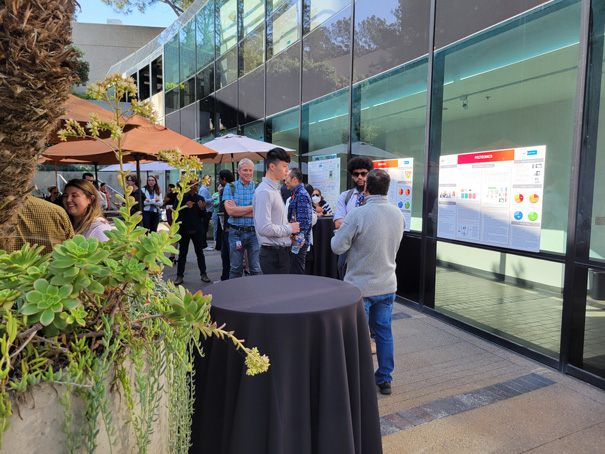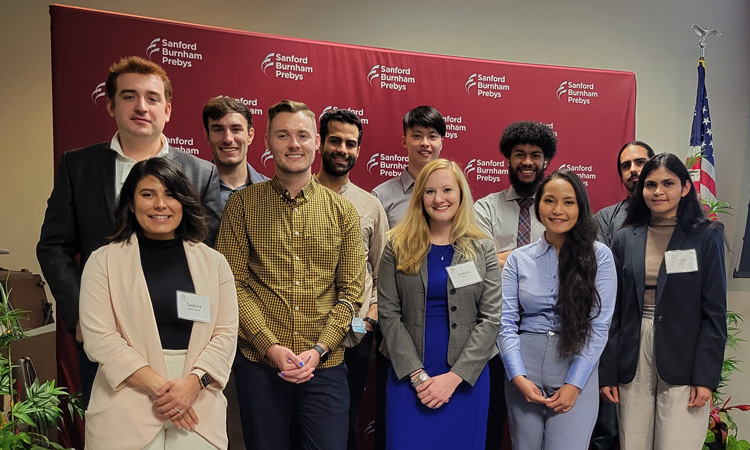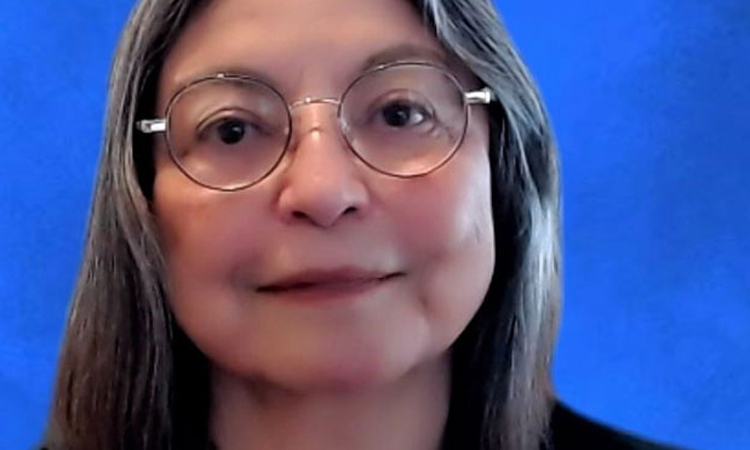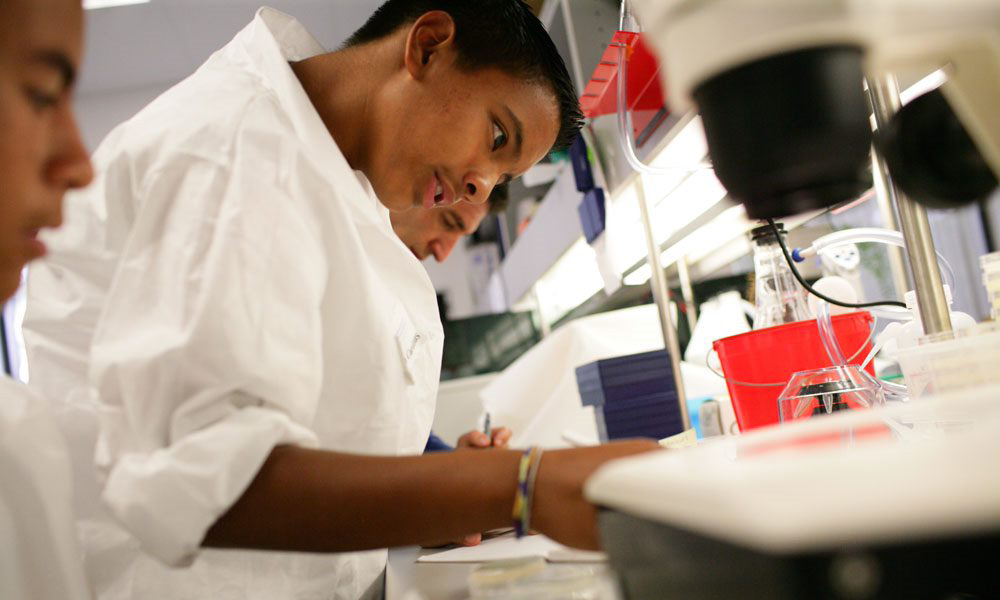“I had an exceptionally memorable experience,” says Rising Star Myron Keith Gibert Jr., a PhD candidate at the University of Virginia.
Sanford Burnham Prebys recently hosted the first-ever Rising Stars Symposium, a three-day postdoctoral recruitment event that provided professional development, leadership training, networking opportunities and mentorship sessions for 12 early-career researchers who were selected based on their academic achievements and research scholarship. Faculty and staff were invited to attend a full day of presentations by the Rising Stars.
“It was an honor to host our inaugural Rising Stars!“ says Angelica Rocha, Ph.D , diversity officer at Sanford Burnham Prebys. Rocha adds, “They are emerging scientific leaders from across the country who impressed us with their work and inspired us with their dedication to equity and inclusion. I would be ecstatic if they joined our Institute.”
The event was an institute-wide diversity, equity and inclusion (DEI) initiative hosted by the DEI Recruitment Committee, one of the three subcommittees at the Institute. The Recruitment Committee promotes an inclusive workplace through recruiting strategies that are equitable and result in increased representation for underrepresented groups.
After a brief introduction from President Kristiina Vuori, MD PhD, Assistant Professor Svasti Haricharan, PhD opened the day of presentations with a keynote address discussing her research on the genetic differences in breast cells of Black women and the consequences for health disparities, as well as the disparities in representation among academic researchers conducting this work.

For example, in 2019, less than 6% of doctorates were earned by Black people, despite making up about 14% of the population. Even fewer progress to faculty positions.

“Events like the Rising Stars Symposium provide opportunities to capture the leaks in the science training pipeline and continue to provide career development for scientists from diverse backgrounds,” adds Gibert.
In addition to presenting their work, the Stars were the guests of honor at a reception, which also included poster presentations by researchers from Sanford Burnham Prebys. The event concluded with networking and mentorship sessions between each of the Stars and faculty at the Institute, with whom they could potentially conduct research in the future.
“The Symposium opened my eyes to the exciting research taking place at Sanford Burnham Prebys,” says Rising Star Sedelia Dominguez, a PhD candidate at Washington State University. “I gained confidence in myself as a researcher and was able to find a potential place for my next career step.”


